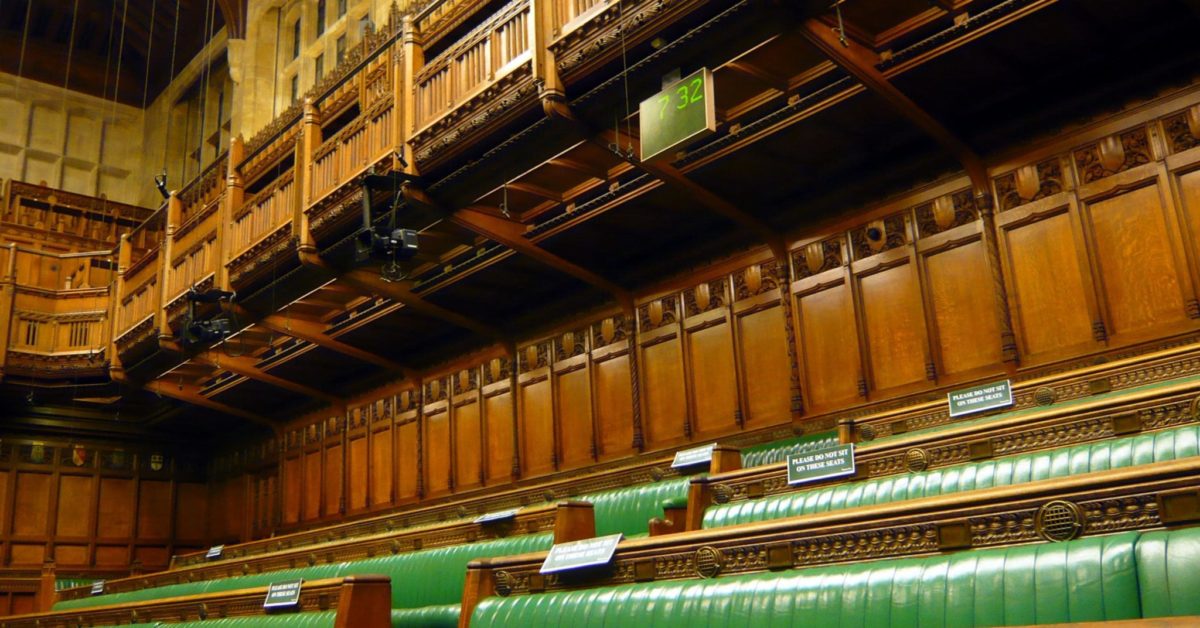The text of the UK’s new treaty with Rwanda to relocate people seeking asylum here to Rwanda instead has been published. For reference, the previous memorandum of understanding is here. Much of the treaty is just an expanded version of the memorandum, for example Article 11 in both deals with facilitation of returns to the UK, but a lot more detail is provided in the treaty.
What has changed?
As was the case with the previous agreement, there will be a Joint Committee and a Monitoring Committee, albeit that they will meet more frequently. The main new additions are annexes on reception and accommodation conditions, as well as setting out the claims process at annex B and . The claims process will involve a “First Instance Body” that will make decisions and will “be made up of individuals who are appropriately trained, including in asylum and refugee law, and humanitarian protection law”. For refusals, there will be an “Appeal Body” which is “the tribunal or court made up of judges from a mix of nationalities mandated to hear appeals against decisions by the First Instance Body”.
The agreement is also now explicit that the UK intends to send children seeking asylum here with their families to Rwanda instead. The treaty also covers for the high degree of likelihood that an unaccompanied asylum seeking child could be sent to Rwanda at Article 3(4) and says that anyone identified as such once they are in Rwanda will be returned to the UK.
The key provision is presumably intended to be that at Article 10(3):
No Relocated Individual (even if they do not make an application for asylum or humanitarian protection or whatever the outcome of their applications) shall be removed from Rwanda except to the United Kingdom in accordance with Article 11(1). The Parties shall cooperate to agree an effective system for ensuring that removal contrary to this obligation does not occur, which includes systems (with the consent of the Relocated Individual as appropriate) for returns to the United Kingdom and locating, and regularly monitoring the location of, the Relocated Individual.
The rest of Article 10 sets out provisions for all those sent to Rwanda to be granted some form of leave, and says that people will be free to leave Rwanda voluntarily. Again, we have been here before, as this report on those who were transferred to Rwanda under their agreement with Israel and then “voluntarily” left shows. They were told that they would be able to stay and work legally, yet were forced out into extremely dangerous situations.
Conclusion
Putting this agreement into treaty form does not change reality, which is that the Supreme Court has said that individuals sent to Rwanda face a risk of refoulement. There has been no evidence provided of any actual changes that have been made, nor any indication given of how long it would take to operationalise the new processes envisaged by the treaty (for example to recruit for and set up the Appeals Body).
As Jed pointed out in his article following the Supreme Court’s decision, there is clear evidence that Rwanda does not comply with other agreement, including international treaties. Further, the Rwandan government remain adamant that there was nothing wrong with their existing processes and that the guarantees contained in the treaty “already existed”. It is very difficult to see how any of this is is going to turn out to be anything other than a massive waste of everyone’s time and money. Next, we await the draft legislation.













